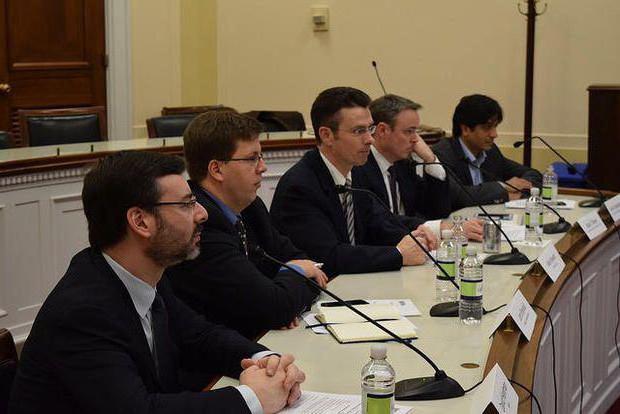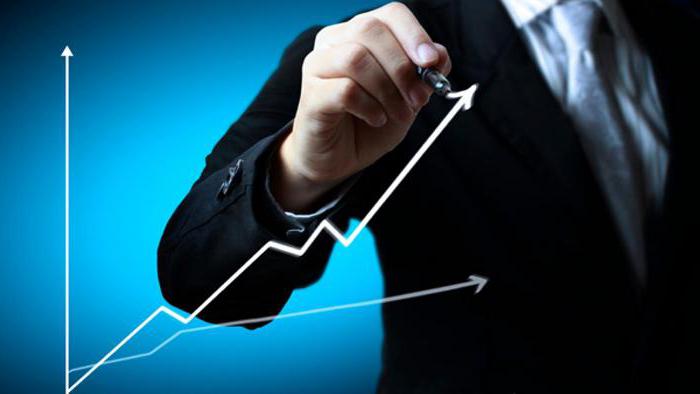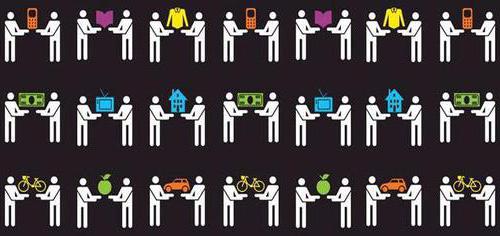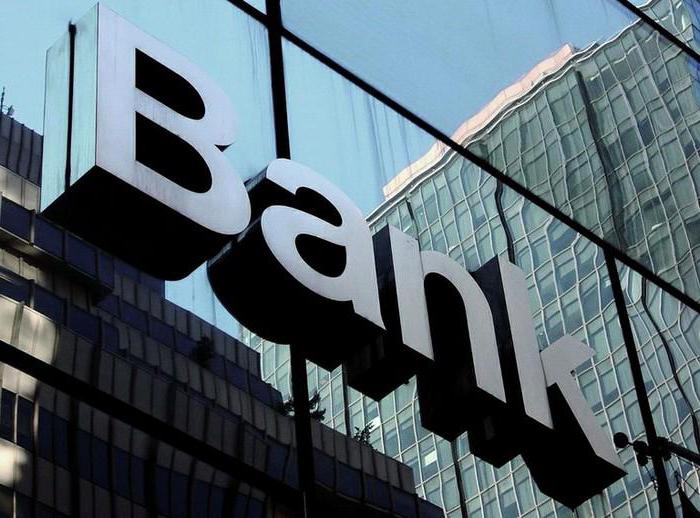The countercyclical regulation of the economy, in short, is a complex of purposeful and conscious actions of the authorities and partially large corporations and public associations on the industrial process. These measures ensure a reduction in the depth of crisis phenomena and stabilization of the growth rates of the economy and economic conditions. 
Economic cyclical and state counter-cyclical regulation of the economy
After the completion of the Second World Government of the majority developed countries significantly expanded the range of anti-crisis measures. They were supplemented by various methods of counter-cyclical regulation of the economy of the post-war period. Their features are largely determined by the dominance of monopolies in the economic system. As leading Western scholars have proved, even in the absence of a written or oral agreement, the prices of the oligopolistic market are higher than the competitive ones, with a lower production volume of the former.
The authors rightly drew attention to the lack of flexibility, mobility of the cost of goods compared with the situation in free trade. Under the rule of the monopoly, prices in a crisis not only do not decline, but remain at the same level and even in some cases rise. This is due to the fact that oligopolies significantly reduce production volumes to prevent re-release of goods and lower their value. Such a negative situation can only be opposed by government measures to stimulate monetary demand using appropriate financial and credit policies. Such events, in fact, were undertaken in the post-war period. 
Expansion of anti-crisis measures
The mitigation of cyclic fluctuations in the postwar years was achieved by:
- Increases in public procurement of services and goods.
- Stimulating the development of the housing stock (the government insures and guarantees the provision of loans for construction, regulates the procedure and terms for their repayment, interest and so on).
- Carrying out an accelerated depreciation program.
- Providing tax benefits for the introduction of new equipment.
- Reduced deductions for profits of companies and other things.
The share of costs in GDP and, mainly, the purchase of services and goods is considered as a general indicator of government impact on the economic cycle. By the mid-90s, in Japan, government spending in Japan's GDP amounted to about 35%, and in Sweden - more than 70%.
Crisis period
Countercyclical regulation of the national economy has one undeniable advantage. Such a policy can be used quite quickly without adopting relevant laws. In this case, the important point is only the exact determination of the time of decrease or increase in interest rates on loans. To expand the total demand during the crisis phases and during the depression, the government is launching a “cheap money” program.
At the same time, counter-cyclical regulation of the economy implies a reduction in income tax rates, wages, and the provision of benefits with accelerated write-offs of fixed assets. These activities stimulate private sector investment. During the crisis period, the government increases the amount of direct investment in the public sector, primarily in the field of social and economic infrastructure (transport, water, electricity and gas, nuclear energy, housing, etc.).For example, in the United States annually, out of almost 43 thousand miles of interstate expressways, about 2 thousand become unsuitable for operation. They need to be repaired at the expense of the state budget. At the end of the 40s of the last century, the government doubled the amount of investment to reduce the depth of the crisis. 
Lifting stage
In this phase, counter-cyclical regulation of the economy is aimed at slowing down the process of excessive "overheating" of the system and weakening the contradictions between the production and consumer sectors, smoothing out fluctuations during the transition from one phase to another. During this period, there is an increase in taxes, interest rates, the abolition of benefits, a decrease in direct investment. A fairly long period of time elapses between the adoption of appropriate measures in the field of financial and credit policy and the achievement of a certain effect. According to Western analysts, this period in the conditions of recession can last from 5 to 20 months, and in the rise phase - from 10 to 24. Slower are tax regulation mechanisms. This is largely due to the long duration of the legislative process. In this regard, it is necessary to have a clear forecast of the likely course of the economic cycle.
Ways to Overcome the Crisis
The countercyclical regulation of a market economy is carried out using various tools. On the part of the oligopoly, it manifests itself through the development and subsequent coordination of a policy for the execution of state programs. At the same time, the actions of large corporations run counter to the political course of the government. Countercyclical regulation is carried out by administrative, legal and economic methods. 
Features of the situation in Russia
To date, the Russian Federation is undergoing a large-scale transition from supercentralized management to a market economy that exists according to its specific laws. One of the most important levers in this process has become privatization. By the middle of 1995, her first "voucher" stage was completed. Currently, monetary privatization is underway. It represents the acquisition of former state enterprises by private individuals. The mechanism by which state anti-cyclical regulation of the economy in Russia is carried out today has not yet been fully formed. In the process of implementing certain measures, one should be wary of extreme situations. In particular, this, on the one hand, is the absolute withdrawal of the state from the economic sphere, which will invariably give rise to economic anarchy, and on the other hand, on the contrary, the predominance of government influence and the suppression of the initiative of private owners.
Priority Directions
Despite the complexity of the situation, the countercyclical regulation of the economy has already passed through three main stages:
- Stopping the collapse of the economic system, passing the turning point from a landslide production decline to its revival.
- Economic growth. At this stage, the priority areas of government policy are the structural restructuring of the system in favor of the consumer sector and resource conservation. This program is implemented mainly on the basis of the use of cash, insufficiently advanced investment technologies.
- Large-scale development of high-tech industries.

Monetary policy
Carrying out countercyclical regulation of the economy, the government puts the fight against inflation in a number of priority tasks. For this, from January 1995, the use of direct loans from the Central Bank to finance the deficit in the federal budget was stopped, with some exceptions. It was planned to raise funds only as short-term loans with a reduction in their number and reduction, ultimately, to zero.Money supply growth and cash supply were proposed to be determined by the Central Bank's policy on lending to commercial banks, operations with securities held at open bidding, as well as interventions (selling and buying foreign currency). The growth of the mass was supposed to be carried out by setting limits on the internal (net) assets of financial and credit organizations, as well as limits on the requirements of these companies to the expanded and federal government (local and state authorities, off-budget funds). 
Price policy
Countercyclical regulation of the economy also includes such an important task as the development of a pricing program. This is especially true for certain groups of goods and services. So, at the federal level, gas prices are regulated, partly for oil and processed products, tariffs for railway transport, electricity and so on. Of great importance is the work of the local administration in this area. So, depending on the region, price regulation is carried out in relation to 3-50 groups of goods.
Government procurement and
They also have a significant effect on the course of countercyclical regulation. The government buys about 30% of GDP. In this case, prices are set in the relevant contracts. The government will coordinate purchases for a specific list of products for the implementation of state obligations. Large volumes are noted in the oil sector. Raw materials and processed products are purchased for subsequent export. In addition, purchases of agricultural products differ in large volumes. 
Fiscal sphere
It also identifies the most important tools for countercyclical regulation. The federal budget consolidates all extra-budgetary funds formed from mandatory contributions from enterprises operating in the country, except for the FIU, the Social and Medical Insurance Funds. Ensuring the achievement of maximum results in the financial and tax sphere, measures are being taken to increase revenue items and reduce costs, and to prevent a shortage of funds.








